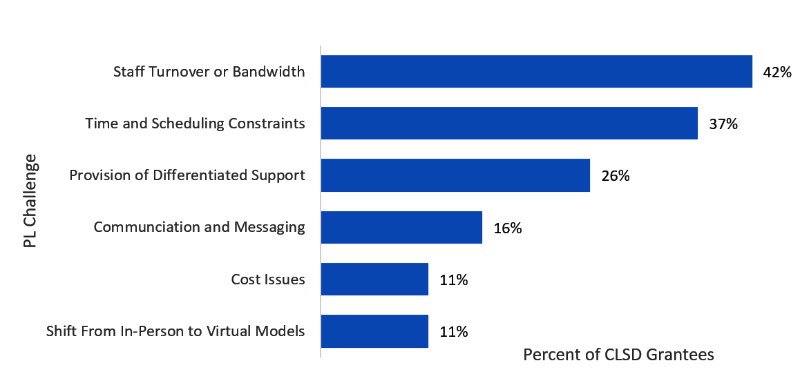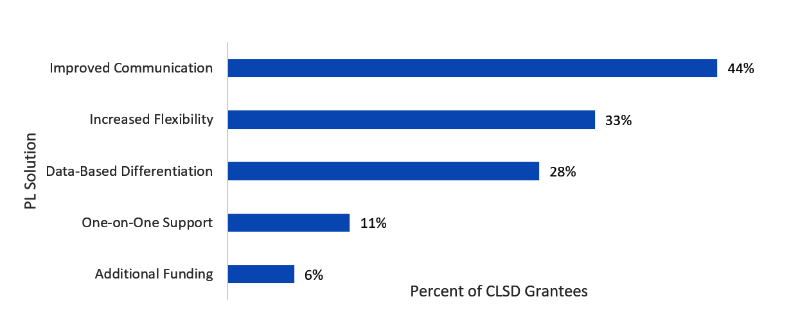What are professional learning models?
There are many different types of PL models, representing a variety of formats, intensities, and functions. It is important to align PL needs with the appropriate model, as there is no one-size-fits-all approach. With a range of options available, including workshops, communities of practice, personalized technical assistance and coaching, and online platforms, educators have various pathways for learning. Engaging in book studies, participating in professional networks, and attending convenings and conferences facilitate collaboration and foster a culture of shared learning.
We posed two questions to the CLSD grantees about their experiences with PL models. Below are their responses.
Question 1: What PL models are most used by CLSD grantees?
As shown in Exhibit 1, the most common type of PL was individual technical assistance, followed by regional or statewide convenings, webinars, coaching, and communities of practice. Learn more about each model and examine related resources by clicking on the buttons in the Further Discussion of Professional Learning Models section below.
Question 2: What professional learning challenges and solutions do CLSD grantees experience?
Exhibit 2 below highlights challenges reported by CLSD grantees about PL. Nineteen CLSD grantees responded to this question. The most frequently reported challenges involved staff turnover or the capacity of existing staff, and issues with scheduling and finding adequate time.
Exhibit 2: PL Challenges Identified by CLSD Grantees

This PL Challenge bar chart displays the percent of CLSD Grantees. Staff Turnover or Bandwidth: 42%. Time and Scheduling Constraints: 37%. Provision of Differentiated Support: 26%. Communication and Messaging: 16%. Cost Issues: 11%. Shift From In-Person to Virtual Models: 11%.
Despite common difficulties, many related to the ongoing impact of the coronavirus 2019 pandemic, CLSD grantees adapted and identified innovative solutions to overcome challenges. As shown in Exhibit 3, the most common strategy identified by the 18 CLSD grantees who responded to this question was making efforts to improve communication via clear expectations, more frequent and targeted outreach, and regular feedback loops. CLSD grantees also reported increasing PL participation via offering more flexibility, such as providing multiple formats, flexible scheduling, and synchronous and asynchronous opportunities. In addition, grantees used data and participant feedback to offer more tailored PL that was differentiated to specific needs of different educator groups. For example, newer vs. experienced literacy teachers may require different PL supports. Finally, some CLSD grantees reported offering more individual one-on-one support or dedicating additional funds to PL as an adaptive response to challenges.
Exhibit 3: PL Solutions Identified by CLSD Grantees

This PL Solution bar chart displays the percent of CLSD Grantees. Improved Communication: 44%. Increased Flexibility: 33%; Data-Based Differentiation" 28%; One-on-One Support: 11%; Additional Funding: 6%;
Questions for Reflection and Discussion
- What PL models are most common in our state or district?
- Are these the right models for our context? How do we know?
- How are the challenges we face similar to or different from the ones listed here? Why might this be the case?
- What kinds of solutions do we implement that help us provide effective PL?

